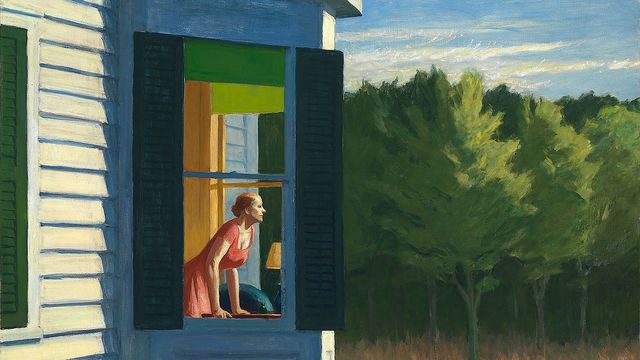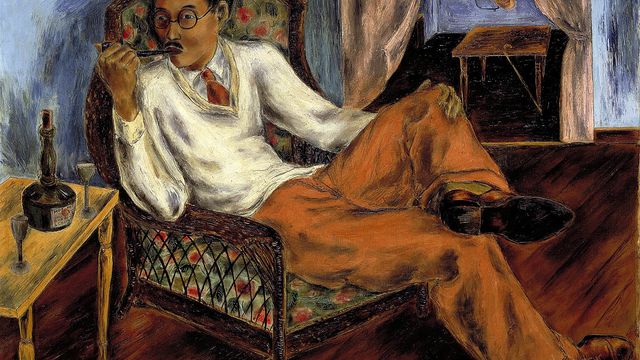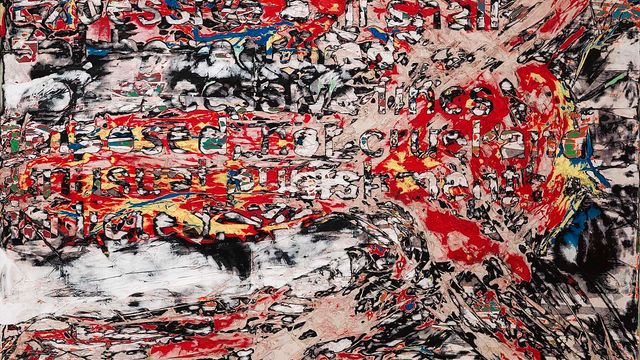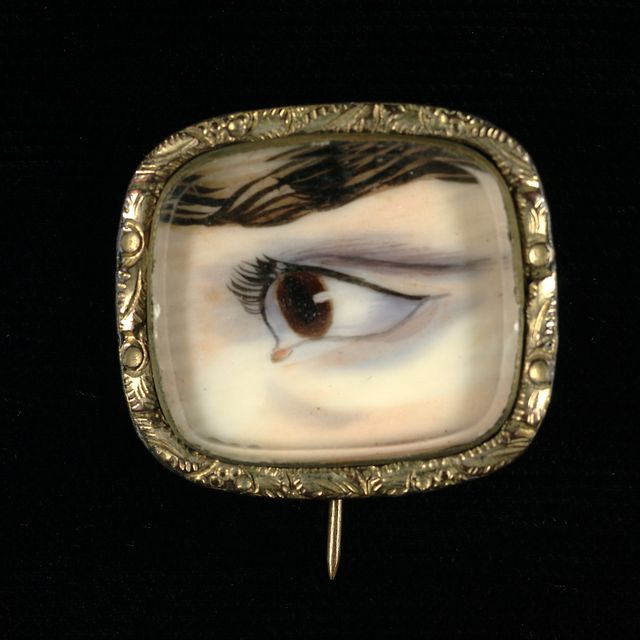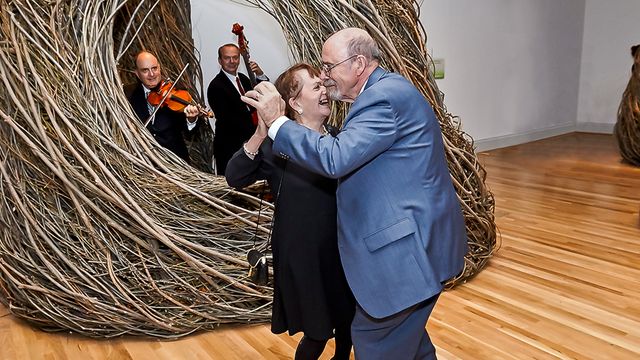Justin Favela: Capilla de Maíz (Maize Chapel)

Artist Justin Favela with Capilla de Maíz (Maize Chapel) in SAAM's Renwick Gallery. Photo by Albert Ting
Capilla de Maíz (Maize Chapel), a site-specific installation by Justin Favela, transforms the Rubenstein Grand Salon at SAAM’s Renwick Gallery into a fantastical world, with shimmering gold-fringed walls and piñata corncobs that highlight the role of maize in North American visual culture.
Description
Justin Favela is a multidisciplinary artist of Guatemalan and Mexican heritage based in Las Vegas, Nevada. His mixed-media practice incorporates traditional Mexican and Latin American craft—specifically cartonería or piñata making—into large-scale sculptures and installations that meld art history with pop culture.
In Capilla de Maíz (Maize Chapel), Favela draws together many sources and symbols of maize (corn), frequently called “yellow gold” in the Americas. Maize sustained Indigenous peoples and later European settlers, helping to grow the American agricultural economy. The shimmering gold-fringed walls combine two Mexican art practices, cartonería and the lavish Churrigueresque ornamentation of eighteenth-century Mexican Catholic churches.
The museum commissioned this site-specific installation for the Renwick Gallery’s Rubenstein Grand Salon to complement the exhibition State Fairs: Growing American Craft. Favela’s piñata corncobs highlight both the importance of maize in the formation of an American identity and the confluence of agriculture and craft traditions on display at state fairs.
Visiting Information
Videos
Credit
Capilla de Maíz (Maize Chapel) is organized by the Renwick Gallery of the Smithsonian American Art Museum. Major support is provided by Bannus and Cecily Hudson.
SAAM Stories





